Instead of waiting for seeds to germinate, try these Plants That Grow From Softwood Cuttings and fill your garden faster!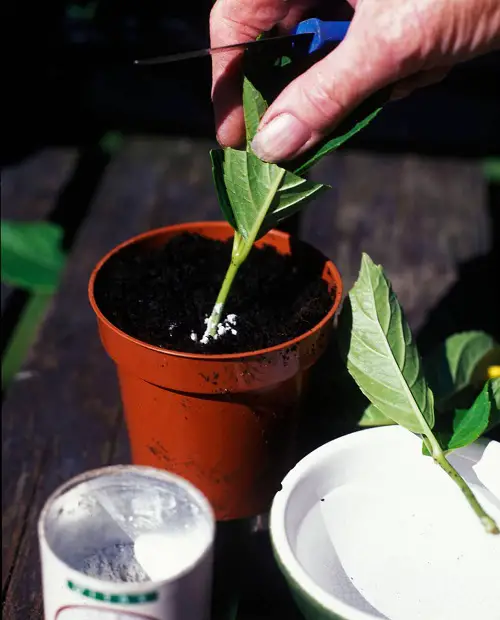
It’s often challenging to get some seeds even to sprout, if not quickly. But with our list of plants that grow from softwood cuttings, you’ll have clones packing up your garden in no time!
What are Softwood Cuttings?
Softwood is the fresh, green, bendy section of a stem rather than its mature, tough bits from old growth, which are called hardwood. Cutting and planting this soft portion may propagate them faster, especially when it comes to deciduous shrubs, hardy and tender perennials, and some trees.
How to Propagate a Softwood Cutting?
To prevent them from wilting, gather softwood cuttings in the morning when the stems have more vigor, and make sure they are the non-flowering bits, as they root readily.
Ensure the cuttings are at least 4-6 inches long and pinch off leaves from the lower half. Cut right below the point where the leaves meet, also called the node. Here’s where growth hormones collect to enable root formation.
You can quicken the rooting process by dipping the lower parts of the stem in a growth hormone before planting.
Now, choose a wide and shallow container with light potting soil; any seed starting mix is fine, and insert the cuttings just deep enough so at least one or two nodes get buried in the soil. Then water, cover the pot with plastic film, and keep it in a warm spot that receives indirect sunlight.
While the plastic covering retains humidity and moisture, make sure the medium is not waterlogged, as the new roots will need space to breathe. Remove the cover once a week for at least ten minutes to ventilate.
Now that you have the tips, let’s take a look at some of the best plants to grow from softwood cuttings!
Plants That Grow From Softwood Cuttings
1. Rose
Botanical Name: Rosa spp.
Roses need no introduction! And the best part is that you can also grow new rose bushes from the soft stems of existing ones! Choose a thin, fresh young stem from below rose blooms that have shed their petals and plant them in late spring or early summer in a well-draining medium.
Most softwood rose cuttings take about two weeks to root, but wait a little longer and transplant once the stems feel sturdily rooted in the soil. Don’t miss these tips when growing roses from cuttings!
2. Lavender
Botanical Name: Lavandula spp.
Lavender is known for its lovely purple flowers and calming scent. But do you know this herb can be easily multiplied by stem cuttings? Select a non-flowering shoot with several sets of leaves and plant in sandy-loamy soil under dappled sunlight.
Spring and early summer are the best time to gather and plant softwood cuttings.
3. Hydrangea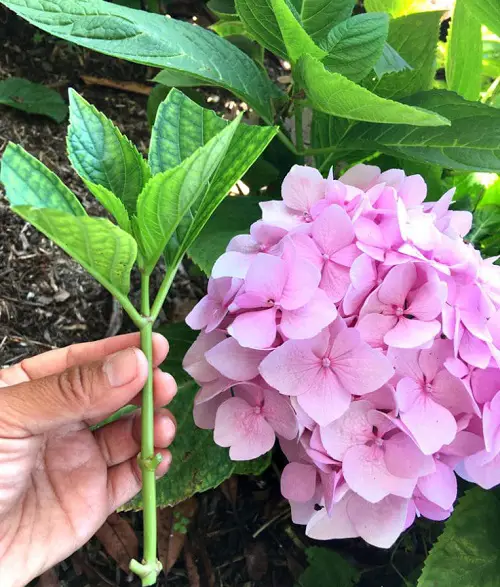
Botanical Name: Hydrangea macrophylla
Hydrangeas are deciduous shrubs with flowers in round or umbrella-shaped clusters in white, pink, blue, or even purple. These can be propagated from softwood cuttings taken in early to late summer when the growth is semi-ripe, i.e., slightly woody at the base but soft at the tip.
A few days after propagation, gently tug on the cutting to check for resistance, which means roots are forming. Once you see new leaf growth, you know it’s a success!
4. Fuchsia
Botanical Name: Fuchsia spp.
Can’t get enough of these pendulous bloom-bearers? Simply cut a 4-inch segment from a non-flowering shoot of Fuchsia, remove the lower leaves, and plant it in a moist medium. And remember to do this when the weather is warm.
5. Gardenia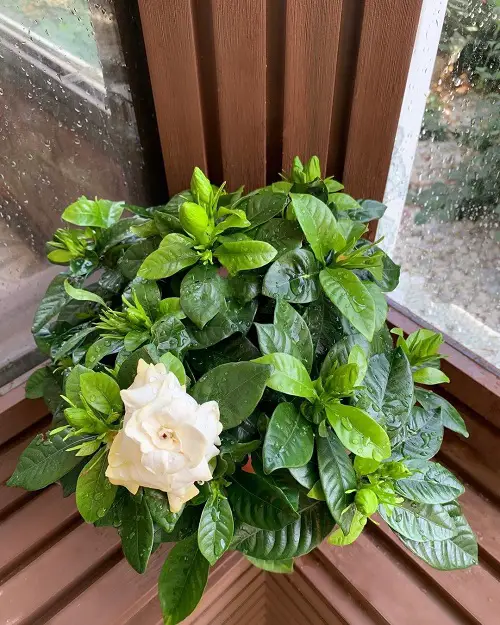
Botanical Name: Gardenia jasminoides
When the sweet-scented yellow and white flower clusters of Gardenias come to bloom, it is only natural to get greedy for more! Lucky for you, these grow well from softwood cuttings prepared around spring or summer.
Leaves on newly propagated cuttings may sometimes wilt due to iron deficiency, which can be easily corrected with iron chelate supplements. Place them in a partly shaded spot, and mist regularly to keep the plant cool.
6. Weigela
Botanical Name: Weigela florida
This dense, deciduous shrub has somewhat coarse branches that tend to arch toward the ground as it reaches maturity. Choose new, flexible green stems and prepare them in summer.
7. Boxwood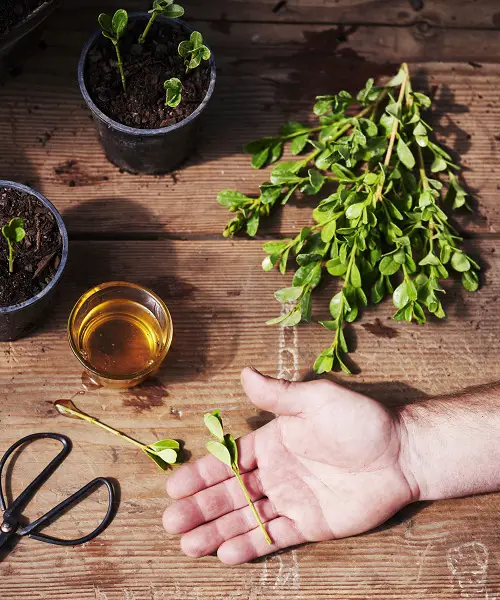
Botanical Name: Buxus spp.
Favored even by ancient Egyptians, Boxwood is a classic evergreen shrub known for its dense, green foliage. For landscaping, you’ll need lots of boxwood, which can turn pricey very quickly.
Fear not! As long as you take care not to subject it to harsh winter or heavy frost, softwood cuttings will leave you with abundant boxwood shrubs!
8. Butterfly Bush 
Botanical Name: Buddleja davidii
Butterfly Bush has beautiful leaves and lavender flowers that are a favorite of butterflies. In early summer, you can choose a vigorous shoot of this plant and pinch off the lower leaves to turn it into a good softwood cutting.
9. Oleander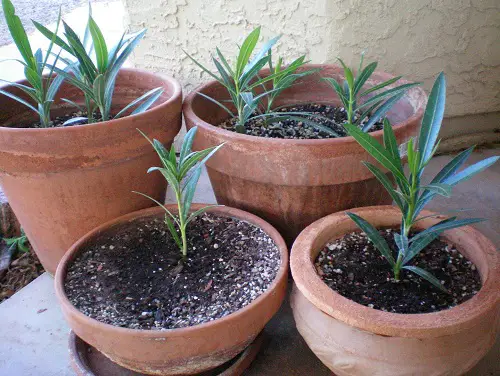
Botanical Name: Nerium oleander
Oleander is a fast-growing tropical shrub that produces fragrant clusters of reddish 5-petalled flowers at the end of branches. Another softwood cutting champ, pick out a few tender shoots, remove the lower leaves, and plant. But beware while handling, as parts of this plant are extremely toxic.
10. Spirea
Botanical Name: Spiraea japonica
Spirea is a lovely flowering shrub with vibrant blooms in spring. Cut non-flowering soft stems that sprout right after flowering early in summer, and plant them in pots with a moist potting mix.
Enclose it with a plastic film to keep it warm and humid, and watch the magic unfold!
11. Camellia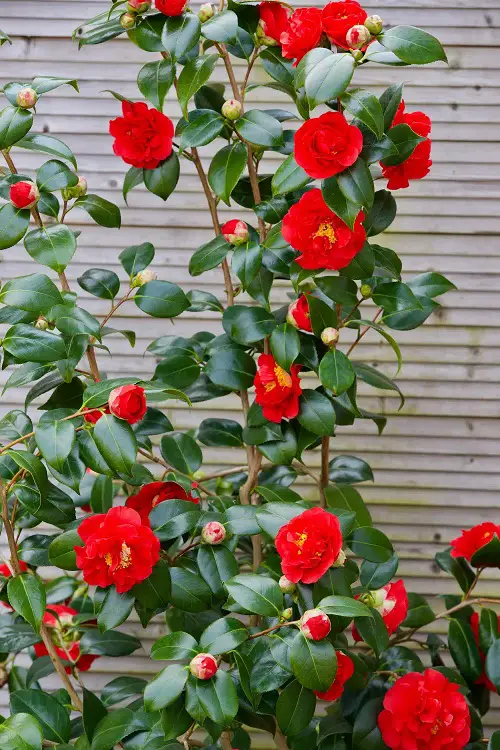
Botanical Name: Camellia japonica
Camellias are known for their stunning, glossy leaves and beautiful red flowers. They’re great for hedges, so if you want to grow more along the garden border, use softwood cuttings. Gather softwood cuttings that are semi-ripe between spring and summer for best results.
But you’ll have to be patient for this one. Some Camellia varieties root in about 5-6 weeks, while some can take up to 8-10 weeks from cuttings.
12. Abelia
Botanical Name: Abelia x grandiflora
Also known as Glossy Abelia, it is a medium-sized, rounded, semi-evergreen shrub with graceful arching branches. They’re fast growers that can scale up by 1-2 feet annually.
Take the softwood cuttings of Abelias anytime in summer. You can also dip the cut end in aloe vera gel, which also acts like a rooting hormone.
13. Forsythia
Botanical Name: Forsythia spp.
With rough gray-brown bark and opposite leaves, some varieties of Forsythia can grow up to 10 feet tall, with expansive arching branches. To grow these plants from softwood cuttings, ensure the soil isn’t waterlogged, too dry or cold, and is perfectly moist. You can grow from cuttings all year round.
14. Deutzia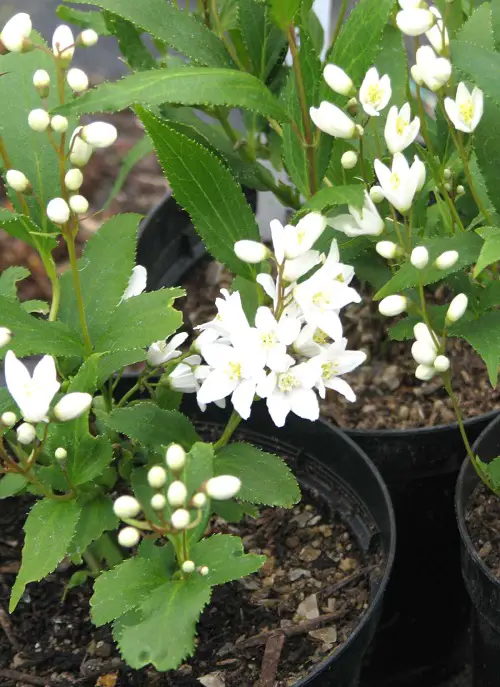
Botanical Name: Deutzia spp.
Native to Asia, specifically Japan, there are about 60 species of deutzia, from dwarf ground covers to ones that grow up to 10 feet tall. Efficient as ground covers and screens for privacy, deutzias propagate easily from recent, non-blooming shoots.
Use green, tender shoots in summer or semi-ripe ones in fall for a healthy round of fresh deutzias in your garden.
15. Mock Orange
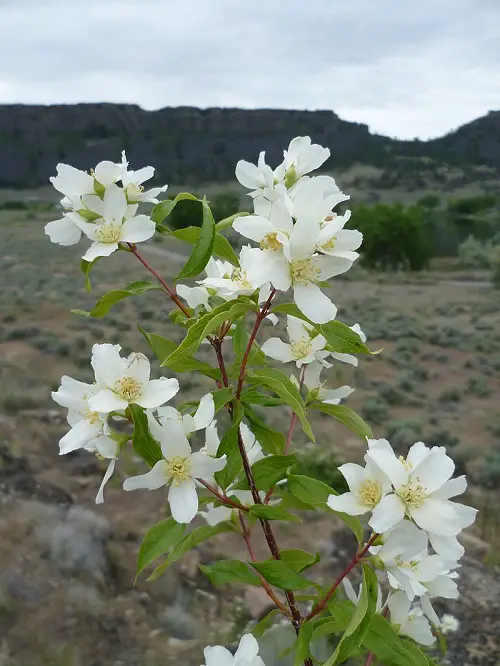
Botanical Name: Philadelphus lewisii
If you want cool, citrusy-scented flowers in summer, Mock Orange is the perfect plant to grow. Come spring, pick out a few vigorous shoots and plant them together in a big, wide single pot.
16. Phlox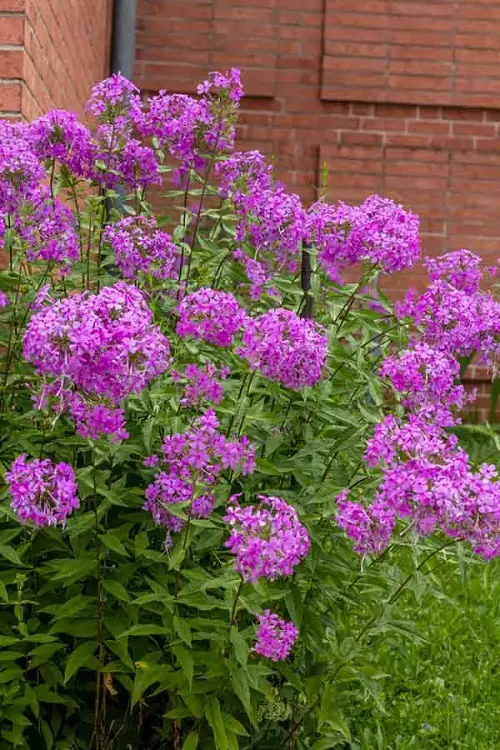
Botanical Name: Phlox paniculata
Phlox are pretty flowering plants that come in many colors. Grow them via softwood cuttings in early summer when it’s still warm and not hot! With some care, like moist soil and indirect sunlight, they should root in a few weeks.
Once they have roots, you can plant your new phlox babies in your garden!
17. Rosemary
Botanical Name: Salvia rosmarinus
Rosemary is the best herb to grow and propagate, especially if you are a foodie! A never-ending supply of this delicious herb never hurts anybody! And it’s really easy to grow from softwood cuttings; we have a great article on it here.
The best time to propagate is from late spring to early summer, but you can try it anytime whenever the weather is warm and dry. If you love herbs like we do, here’s a selection you can grow from softwood cuttings!
18. Azalea
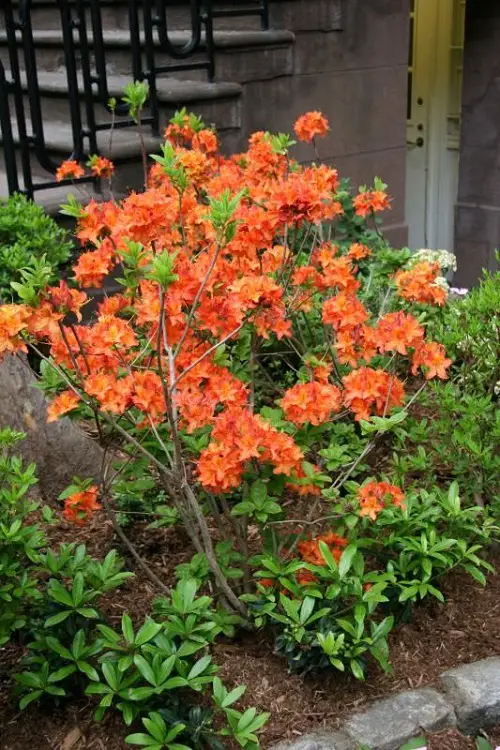
Botanical Name: Rhododendron
Azaleas are a smaller, petite type of rhododendron that are easy to care for and super pretty for landscaping. If you’re propagating them from softwood cuttings, aim for early summer when new growth has just begun warming up; however, if you see fresh growth and are ready to plant it indoors, you can do this any time of the year.
Choose stems that are flexible and bend easily, but not ones that are weak and mushy.
19. Common Jasmine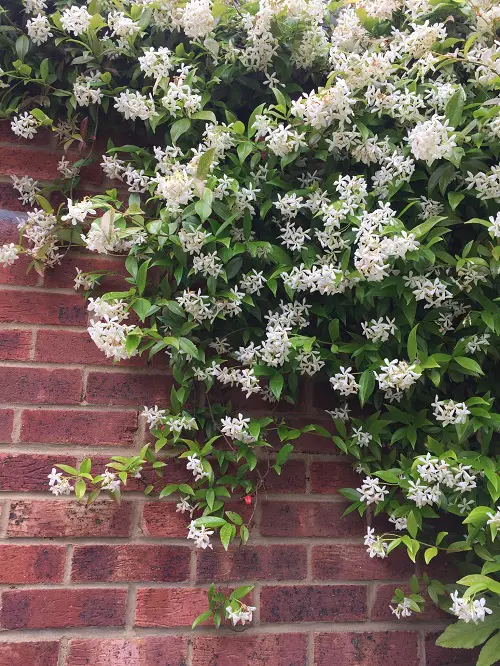
Botanical Name: Jasminum officinale
The Common Jasmine is a beautiful climber with glossy green leaves and aromatic white clusters of tiny blooms that flourish all summer. It’s most famous for its clusters of little white flowers, which bloom all summer long and smell amazing.
Just take softwood cuttings and plant them in a soil tray, and watch them root in 4-5 weeks.
20. Philodendron
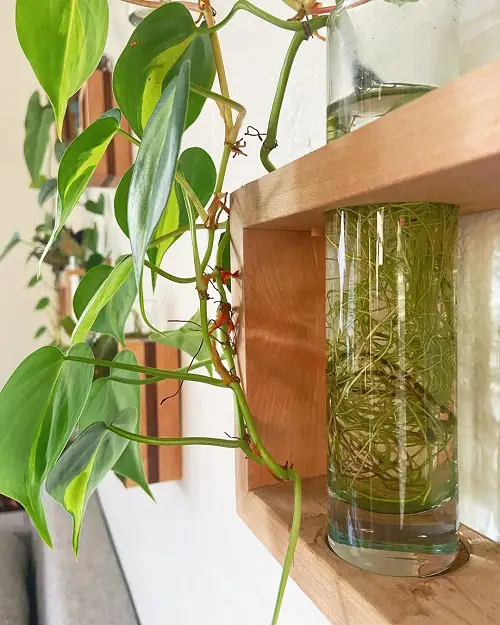
Botanical Name: Philodendron
Philodendrons are beautiful houseplants with lush green leaves in many shapes and sizes. To propagate them from softwood cuttings, snip a piece of tender stem with a few top leaves attached and pop it in water or moist soil. There are several Philo varieties that you can grow via cuttings.
And now it’s finally time to try these out for yourself. If you’re a beginner, here’s how to grow almost any plant from cuttings successfully. Don’t forget to share your garden experiments via the comments below!


